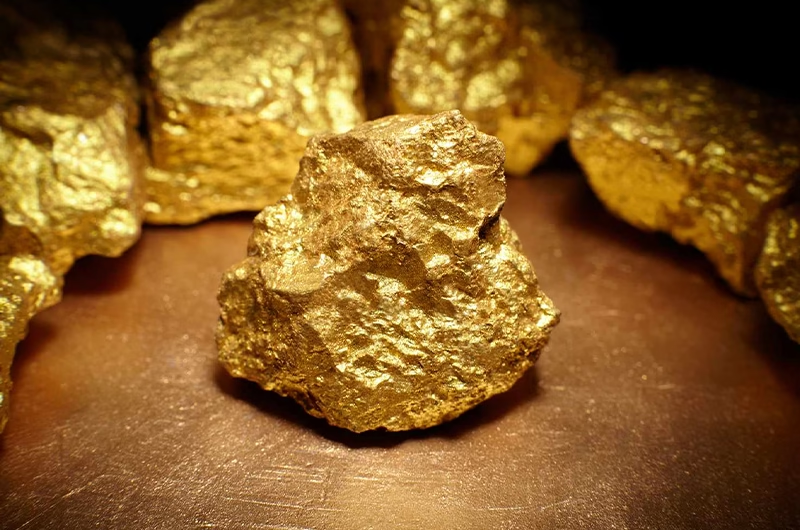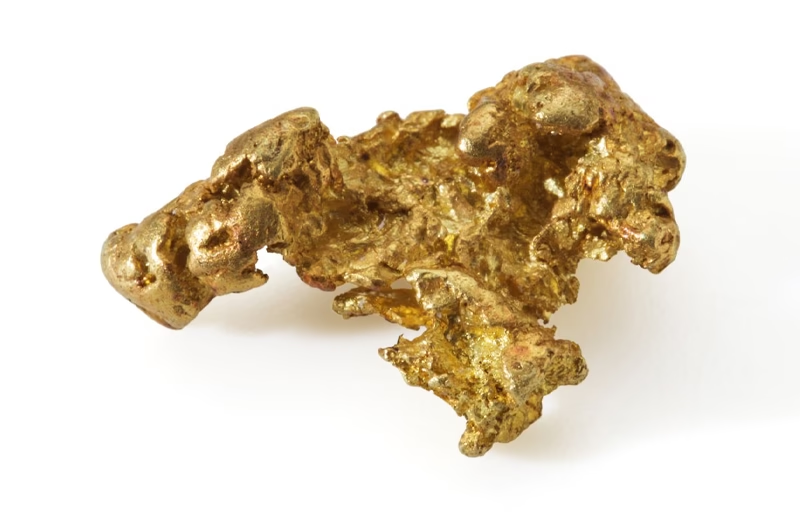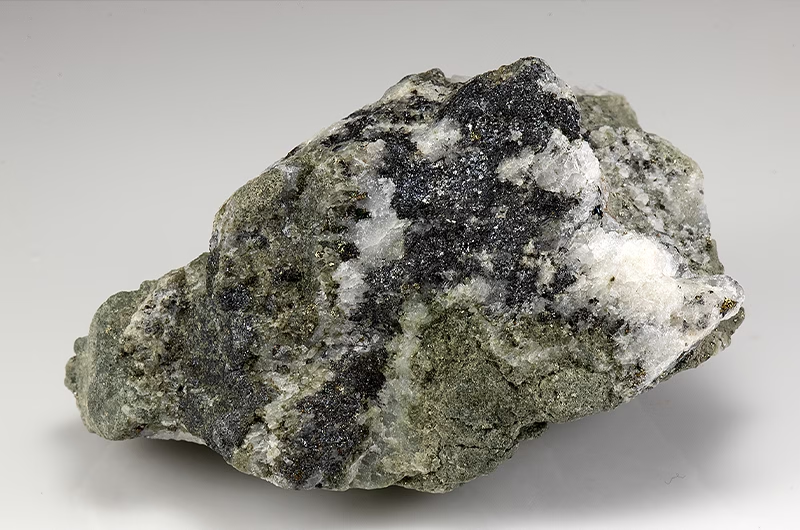全站搜索
Search the entire website
Search the entire website
Understanding the unique world of valuable metals is important. Knowing why some metals cost much more than others provides insights. This guide helps discover the top 10 most precious metals on Earth. Their critical uses are explored. The scientific reasons behind their exceptional scarcity are explained. These elements are vital to modern technology and industry. This information is crucial for those in mining, manufacturing, and related fields.
Rare metals hold immense importance in the world today. They are not just precious for their beauty. They are essential for advanced technologies. These metals power electronics. They make cars cleaner. They enable medical breakthroughs. Without them, countless modern innovations would not exist. Dependence on their unique properties is high. These properties include extreme strength. They offer high conductivity. They resist corrosion. These characteristics make them irreplaceable.

The scarcity of a metal is a complex issue. It is not just about how much of it exists in the Earth’s crust. It also involves how concentrated it is. And It includes how difficult it is to extract. Some metals are truly rare in composition. Others are common but dispersed. This makes economic recovery nearly impossible.
The ten most precious metals are introduced here. Each one has special properties. These properties contribute to their high value and critical uses. Their unique characteristics and essential applications are examined.
Rhodium is one of the most valuable metals in the world. It is an extremely rare silver-white element. It belongs to the platinum group metals. Its primary use is in catalytic converters. These devices reduce harmful emissions from vehicles. Rhodium cleans exhaust gases efficiently. It converts nitrogen oxides into harmless nitrogen and oxygen. This makes it crucial for environmental protection.


This metal is highly resistant to corrosion. It has a high melting point. Its reflectivity is excellent. These qualities also make it useful in other specialized applications. These include electrical contacts, optical instruments, and jewelry plating. Its scarcity is exceptional. It is mainly found as a byproduct of platinum and nickel mining. This limited supply, combined with its high demand in the automotive industry, drives its price. The future market demand for Rhodium will depend on tighter emission standards globally.
Platinum is a dense, malleable, and ductile metal. It is well-known for its beautiful luster. It is also famous for its resistance to corrosion. Many people recognize it in fine jewelry. However, its industrial significance is even greater. Platinum is another key component in catalytic converters. Like rhodium, it cleans vehicle emissions. It helps convert carbon monoxide and unburnt hydrocarbons.


This metal also plays a vital role in many other industries. It is used in laboratory equipment. It makes electrical contacts. And It is part of dentistry tools. Medical devices, like pacemakers, also contain platinum. Its stability and biocompatibility are very important here. The supply of platinum is finite. It comes mainly from South Africa. This limited geographic source contributes to its high value. Demand for platinum has been steady due to its diverse industrial applications, supporting its status as a precious metal.
Gold has held cultural and economic significance for thousands of years. It is a soft, dense, and chemically inert metal. Its brilliant yellow luster is unmistakable. Gold resists corrosion and tarnishing. This makes it highly durable. It has been the ultimate store of wealth. It is a universal medium of exchange. Many central banks hold it as reserves.


Beyond its role in finance, gold has important industrial applications. It is an excellent conductor of electricity. It does not corrode. This makes it essential in electronics. It is used in connectors, switch contacts, and even in phone components. Dentistry also uses gold extensively. Medical applications leverage its biocompatibility. The scarcity of gold, coupled with its historical demand and diverse uses, keeps its value consistently high. Mining for gold involves significant effort and technology. This highlights the broad challenges in extracting valuable metals from the Earth.
Palladium is a lustrous, silvery-white metal. It is also a member of the platinum group. Like rhodium and platinum, palladium is critical for environmental control. Its primary use is in catalytic converters. It converts harmful gases from vehicle exhausts. This helps reduce air pollution significantly.


Beyond automotive applications, palladium has important uses in electronics. It is used in multilayer ceramic capacitors. These are vital for many electronic devices. Dentistry and medicine also use palladium. Its ability to absorb hydrogen gas is unique. This leads to uses in chemical processes and hydrogen purification. Most of the world’s palladium comes from Russia and South Africa. This concentration of supply makes the market sensitive to geopolitical events. The demand for cleaner air fuels the need for palladium, keeping it among the most valuable metals. Its role in green technology ensures its continued importance.
Iridium is one of the densest and most corrosion-resistant metals. It is a very hard and brittle, silvery-white metal. This extreme durability makes it invaluable in demanding applications. Iridium has the highest melting point of all platinum metals. It resists chemical attack at very high temperatures.


Its key uses include high-performance spark plugs. It is also essential in crucibles. These crucibles are used to grow large crystals. These crystals are for electronics. Medical implants and advanced scientific instruments also use iridium. Additionally, it serves as a hardening agent for platinum alloys. This creates tougher materials. The rarity of iridium is due to its low abundance in the Earth’s crust. It is often found with other PGMs. Its extraction is complex. This makes it an incredibly rare metal with a high market value. Its specialized uses support its high price.
Osmium is the densest naturally occurring element. It is a brittle, blue-white transition metal. Its extreme density and hardness are its defining characteristics. Osmium is incredibly difficult to work with due to its brittleness. It also forms a toxic oxide when heated in air.


Despite these challenges, its unique properties make it valuable. It is often alloyed with other platinum group metals. These alloys create very hard components. They are used in fountain pen tips. They also feature in electrical contacts. High-wear applications, like instrument pivots, use osmium alloys. Its rarity is profound. It is a trace element in platinum ores. Its complex extraction process adds to its scarcity. Osmium has few mainstream commercial applications. Yet, its extreme properties ensure its place among the rarest metals. It is often desired by collectors and specialized industrial users.
Rhenium is a silvery-white, very dense metal. It has the third-highest melting point of all elements. Only tungsten and carbon have higher melting points. Rhenium maintains its structural integrity at extreme temperatures. This makes it indispensable for high-performance applications.


Its primary use is in superalloys for jet engines. These alloys improve engine efficiency and durability. They allow engines to operate at hotter temperatures. This saves fuel. Rhenium is also used in high-temperature thermocouples. These measure very hot environments. It acts as a catalyst in certain petroleum refining processes. Rhenium is extremely rare. It is recovered as a byproduct of molybdenum and copper mining. There are very few major sources. This makes its supply highly constrained. Its critical role in aerospace ensures it remains a valuable metal. Its cost reflects its scarcity and specialized high-tech demand.
Ruthenium is another rare platinum group metal. It is a hard, brittle, silvery-white transition metal. It is notable for its exceptional hardness and resistance to corrosion. Ruthenium forms very hard alloys. These alloys can be extremely durable.


Its main industrial applications are in electronics. It creates wear-resistant electrical contacts. These contacts are important in switches and sensors. Ruthenium is also used in hard disk drives. It increases data storage capacity. It serves as a versatile catalyst in many chemical reactions. This includes producing ammonia and acetic acid. It significantly improves efficiency. Ruthenium is found in platinum deposits. Its production is limited. This makes it a rare metal. Its specialized uses in modern electronics and chemistry contribute to its value.
Silver is a soft, white, lustrous transition metal. It has the highest electrical conductivity of all metals. It also has the highest thermal conductivity. Historically, silver has been used for coinage and jewelry. These applications are still very common today. However, its industrial uses are extensive.


Silver is crucial in photography. It is used in electrical contacts, batteries, and mirrors. Its antimicrobial properties make it valuable in medical applications. These include wound dressings and coatings for medical devices. Solar energy technology widely uses silver. It serves as a conductor in solar panels. Automotive industries also rely on silver for various electrical components. While more abundant than other PGMs, its wide industrial demand and constant global need make it a very valuable metal. Its price fluctuates, but its utility ensures its continued importance.
Indium is a very soft, malleable, and easily fusible metal. It has a brilliant silver-white luster. It does not react with water. Indium is known for its ability to melt at a low temperature. This makes it unique among metals.


Its most significant application is in indium tin oxide (ITO). This material is essential for modern flat-panel displays. These include LCDs and touchscreens. ITO is optically transparent and electrically conductive. This makes it perfect for smart devices and televisions. Indium is also used in low-melting-point alloys. This includes solders and dental alloys. It forms a protective coating in some high-speed bearings. Indium is extremely rare in the Earth’s crust. It is primarily recovered as a byproduct of zinc mining. Its supply is directly tied to zinc production. This makes it a rare metal with considerable value. Its crucial role in display technology ensures high demand.
Processing precious metals is a highly complex task. It involves multiple stages. Each stage aims to extract and purify the metal. The process usually starts with mining the ore. Then, the raw material goes through crushing and grinding. This reduces its size. It liberates the valuable minerals.
Mining for rare metals faces many significant challenges. These challenges include geological, technical, and environmental hurdles. Overcoming them requires advanced solutions and careful planning.
These challenges contribute to rare metal scarcity. High value is also a result. Efficient equipment is critical for success.
At ZONEDING, the company specializes in high-quality industrial machinery. The core business involves manufacturing block machines for construction. However, its expertise in robust engineering and Advanced Material Handling translates directly to supporting various mining operations. The need for durable and efficient equipment is understood. ZONEDING machines are built to handle tough conditions.
The landscape of precious metals mining sees constant innovation. Several key trends define the future of this industry in 2025. These trends focus on efficiency, sustainability, and technological advancement.
These trends signify a shift. The industry moves towards smarter, more responsible, and more efficient methods.
Succeeding in any large-scale material processing requires dependable equipment. Whether involved in precious metal mining or related industrial operations, reliable machinery is key. The comprehensive support that ZONEDING provides for demanding industrial environments should be considered. Its expertise in Mining and Processing Solutions means equipment is built for durability and efficiency. This equipment can help achieve operational goals.
Contact ZONEDING for a consultation. Learn more about robust manufacturing solutions. ZONEDING can support critical material handling and processing needs.
A modern, intelligently designed sand washing plant is the definitive solution for improving the value of your sand. Many perceive the sand washing process as simply rinsing sand with water, but this is a vast oversimplification. A truly effectiv...
View detailsChoosing the right cone crusher is a big decision for your quarry or aggregate production business. This machine is the heart of your secondary and tertiary crushing stages, turning rock into valuable, specific-sized products. A good choice boost...
View detailsChoosing the right impact crusher for your operation is a critical decision that affects your product quality, operational costs, and overall profitability. The two main types, the Horizontal Shaft Impactor (HSI) and the Vertical Shaft Impactor...
View detailsAre you looking for a steady, high-quality source of sand for your construction projects? With natural sand becoming scarce, Manufactured Sand (M-Sand) is the solution. This is a superior, engineered alternative to river sand, produced by crushin...
View details